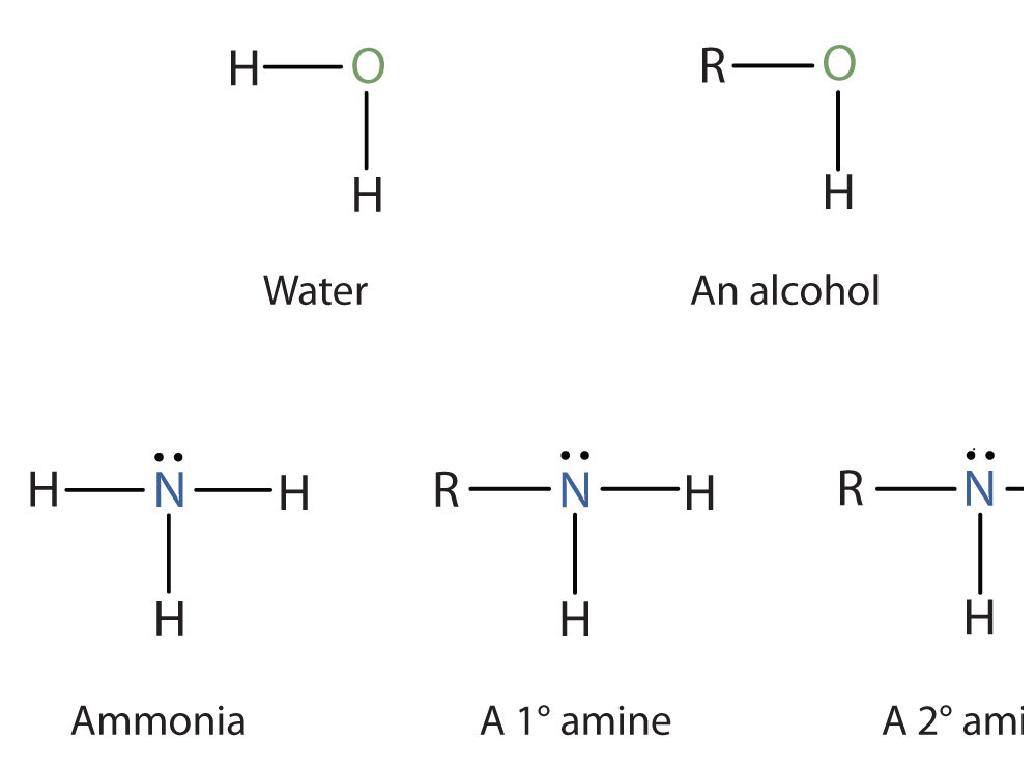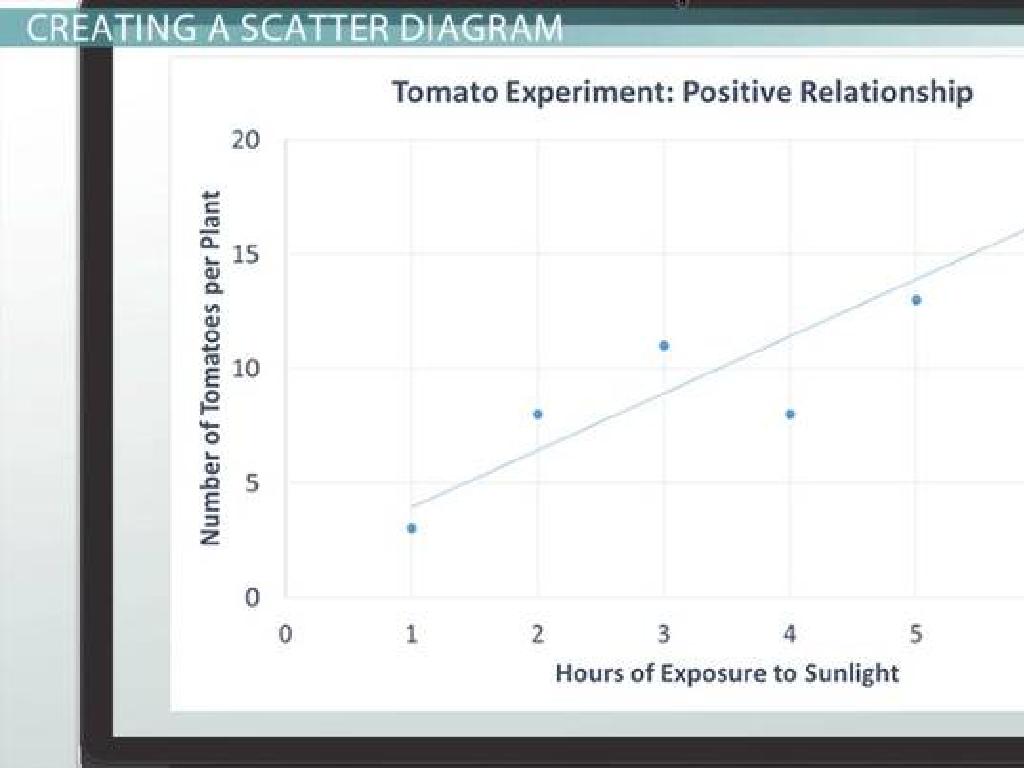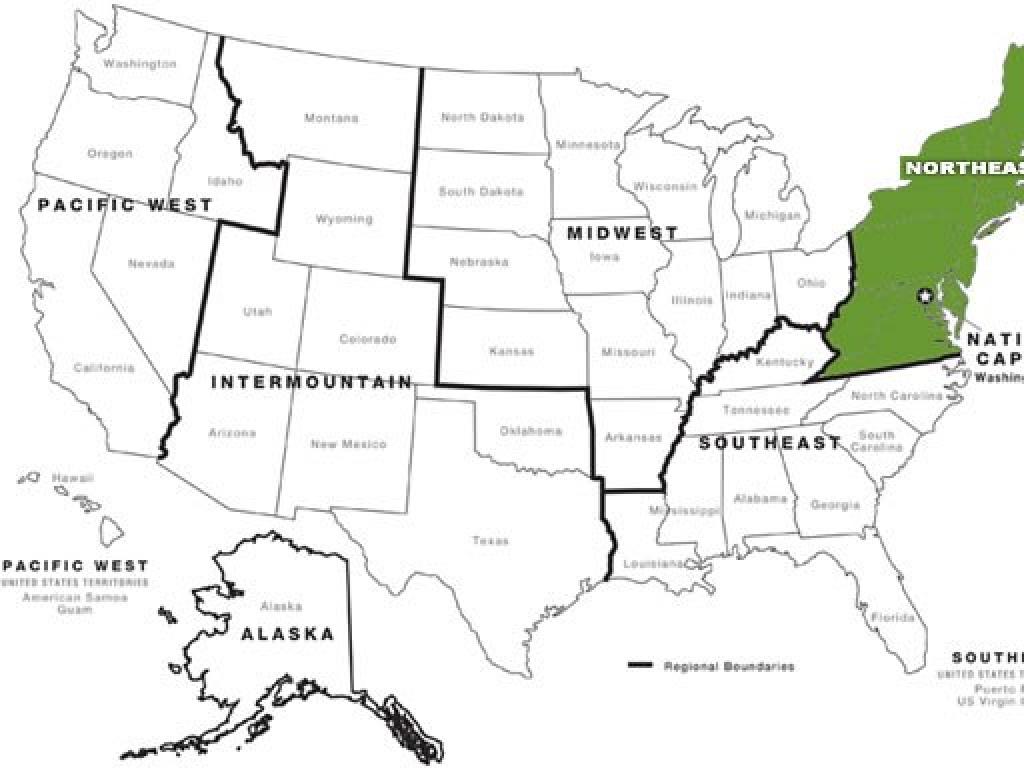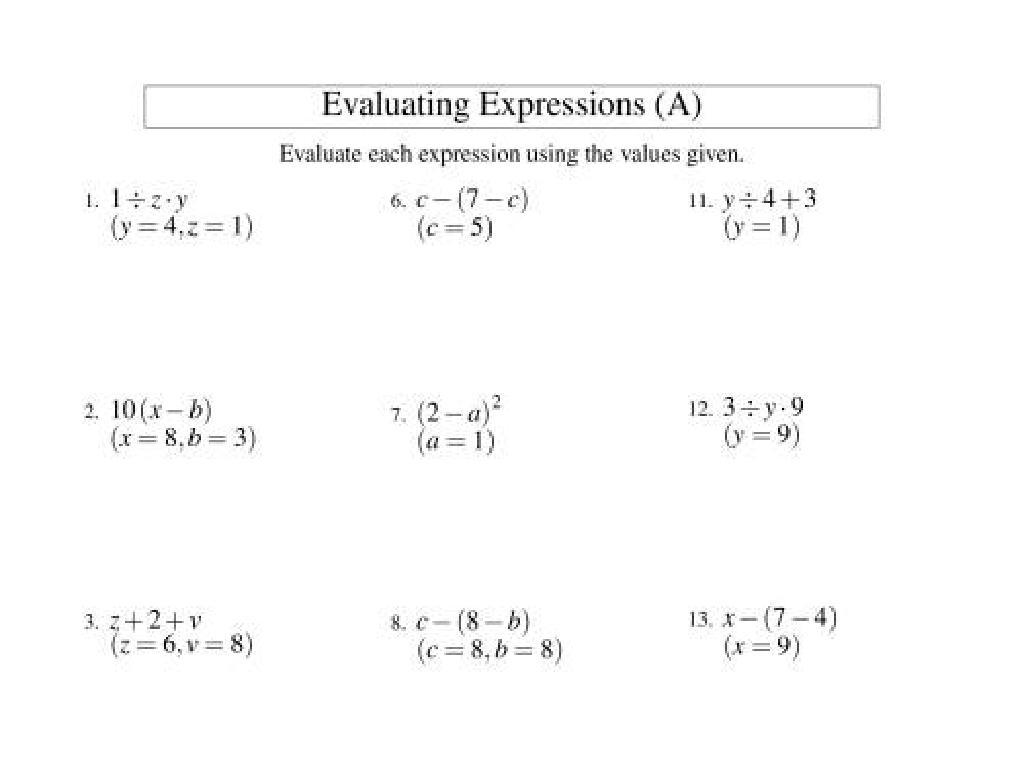Put Together Numbers Using Cubes - Sums Up To 10
Subject: Math
Grade: Pre-k
Topic: Addition Up To 10
Please LOG IN to download the presentation. Access is available to registered users only.
View More Content
Welcome to Addition!
– Greetings, little learners!
– Playing with numbers is fun!
– Learn to combine numbers
– We’ll add numbers like 2 and 3 to make 5
– Using cubes for addition
– Colorful cubes will show us how 2 cubes plus 3 cubes equal 5 cubes
|
This slide is designed to introduce Pre-K students to the concept of addition in a fun and interactive way. Start by greeting the students warmly to create an inviting learning environment. Emphasize that playing with numbers can be enjoyable, setting a positive tone for the lesson. Explain that addition is simply putting numbers together to make new, bigger numbers. Use colorful cubes as a visual and tactile aid to help students understand the concept of addition. Show them, for example, how two red cubes combined with three blue cubes result in a total of five cubes. Encourage the children to participate by picking up the cubes and combining them themselves. This hands-on activity will help solidify their understanding of basic addition. Prepare to guide them through several examples, ensuring they grasp the idea of sums up to 10.
Learning Addition: Combining Numbers
– Addition makes numbers bigger
– Combine groups like toys
– Imagine putting two sets of blocks together
– Use fingers to add numbers
– Show how 2 fingers plus 3 fingers make 5
– Practice with cubes for sums up to 10
– Use colorful cubes to see addition visually
|
This slide introduces the concept of addition to Pre-K students in a very tangible and relatable way. Start by explaining that addition is a way to combine two small numbers to make a bigger one. Use everyday examples like combining groups of toys to illustrate this point. Encourage students to use their fingers to add small numbers together, which helps them visualize the process. Finally, introduce the use of cubes, which are a great hands-on tool for practicing addition up to 10. The cubes can be stacked or placed side by side to show how two groups come together to form a new total. This visual and physical representation of addition will help solidify the concept for young learners.
Counting Cubes: Learning Addition
– Cubes show how addition works
– Each cube equals one number
– Touch and move cubes to add
– Combine 2 cubes and 3 cubes. How many do you have now?
– Visualize numbers coming together
– See 5 cubes? That’s 2 and 3 added together!
|
This slide introduces the concept of addition using a hands-on approach with cubes. Each cube represents a single unit, and children can physically manipulate these cubes to combine numbers and see the results. Encourage the students to touch and move the cubes to visually and tangibly understand how two numbers come together to form a sum. For example, combining two cubes and three cubes allows them to see that the total is five cubes. This concrete representation helps solidify the abstract concept of addition. During the activity, walk around the classroom to ensure each student is engaging with the materials and understanding the concept of adding up to 10.
Let’s Add Together with Cubes!
– Start with a small number of cubes
– Add more cubes to make a bigger number
– Example: 2 cubes + 3 cubes = 5 cubes
– Visual example: Starting with 2, then adding 3 more to total 5
– Practice adding cubes together
– We’ll add cubes as a group activity
|
This slide introduces the concept of addition using physical cubes, which helps Pre-K students visualize the process of adding numbers. Start with a small number of cubes, such as 2, and demonstrate adding 3 more cubes to make a total of 5. Use this visual and tactile method to engage the students and solidify their understanding of basic addition. During the class activity, encourage each student to participate by adding cubes together. This hands-on approach is crucial for young learners as it helps them grasp the concept of addition in a concrete way. Prepare several examples with different numbers of cubes, ensuring that the sums do not exceed 10, and guide the students through each example.
Fun with Cubes: Adding Up to 10
– Learn to add numbers up to 10
– Use cubes for hands-on addition
– Stack cubes to visually add numbers
– Discover different sums for 10
– Example: 4 cubes + 6 cubes = 10 cubes
– Play a game to find all ways to make 10
– How many combinations can you create?
|
This slide introduces the concept of addition up to 10 in a playful and interactive way. The objective is to help Pre-K students understand that they can combine different numbers to make the sum of 10. Using physical cubes allows the students to visualize and physically manipulate the numbers, which is crucial for their understanding at this developmental stage. The game element encourages engagement and helps students explore the concept of addition in a fun way. Teachers should prepare different colored cubes and guide the students through various combinations that add up to 10, ensuring that each child gets a chance to participate in the game. Possible activities include pairing students to find combinations together, using a timer to make it a race, or having students present their findings to the class.
Class Activity: Cube Addition
– Time to add with cubes!
– Receive your own cube set
– Combine cubes to make sums
– Try 2 cubes plus 3 cubes, what’s the sum?
– Aim for totals up to 10
– Can you make 10 with your cubes?
|
This activity is designed to provide hands-on experience with addition for Pre-K students. Distribute an equal set of cubes to each student. Encourage them to explore different combinations of cubes that add up to sums of 10 or less. For example, they can combine 2 cubes with 3 more cubes to see that it equals 5 cubes in total. Monitor their progress and offer help as needed. Possible variations of the activity for different students could include: using different colored cubes to represent different numbers, challenging them to find all possible combinations to make 10, or pairing students up to take turns creating sums for their partner to solve.
Show and Tell: Adding with Cubes
– Make a sum with your cubes
– Show your sum to your friends
– Count your starting cubes
– How many cubes are in your first group?
– Count cubes added for your sum
– How many more cubes did you put to make 10?
|
This slide is for a class activity where students will use physical cubes to practice addition up to 10. Each student will start with a certain number of cubes, add more cubes to make a sum of up to 10, and then present their findings to the class. The teacher should ensure that each student has a turn to demonstrate their sum. Possible activities include: starting with 5 cubes and adding 5 more, starting with 6 cubes and adding 4 more, or any combination that sums up to 10. The teacher should guide the students to count their cubes aloud and encourage them to explain their thought process. This activity will help students understand the concept of addition by visualizing and physically manipulating the numbers.
Fantastic Adders: Conclusion
– Celebrate your addition skills
– Making new numbers is fun
– Like putting 2 cubes with 3 to make 5
– Addition is everywhere
– You can add toys, fingers, or even snacks!
– Keep practicing with items around you
– Try adding pencils, or even your steps as you walk
|
This slide wraps up the lesson on addition with cubes, reinforcing the concept that addition is simply the combination of two numbers to make a new one. Emphasize the fun aspect of learning addition and encourage students to see the opportunities for practicing addition in everyday life. Remind them that they can use objects they encounter daily to keep honing their new skills. The goal is to leave the students with a positive feeling about what they’ve learned and to inspire them to continue practicing on their own.






